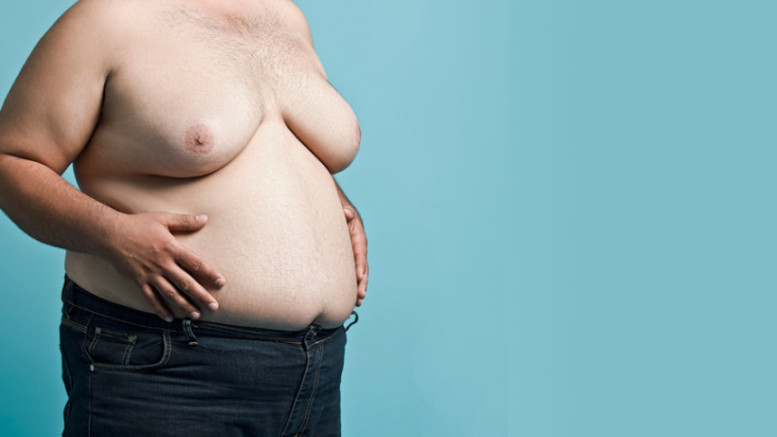Although liposuction and liposculpture can technically be used interchangeably, these two terms describe two slightly different procedures – each one with its own benefits and disadvantages. The best way to explain it is to define what is a liposculpture, and how does this procedure differ from traditional liposuction.
Basic Overview
Today, fat reduction surgeries are a common type of cosmetic procedure chosen by thousands of people around the globe. Other than being a safe and effective way to shed some excess weight for medical reasons, they are also relatively simple ways to improve one’s look from a purely cosmetic point of view.
Although there are some differences in what men and women prefer, fat can be removed from several large areas such as thighs, hips and the abdomen, as well as smaller ones such as the chin, jowl and waist. For example, instead of a full abdominoplasty, many people choose a liposculpture intervention since it’s more localized and less invasive. With a relatively simpler surgery, a patient can restore the flatness of the abdominal wall and look slimmer and younger.
Several types of fat removal procedures can be performed on patients, each one with its pros and cons. In Tumescent Liposuction, for example, a higher volume of the injectable solution that initiates the fat removal process is employed. Other liposuction procedures might utilize a laser or surging water to break fat apart or weaken it before it is suctioned.
A Less Invasive Procedure
However, while liposuction is usually a term used to intend a more generalized approach to remove excess fat, liposculpture is a less invasive solution used for body contouring. Instead of removing a substantial amount of adipose tissues from the stomach and nearby areas, the surgeon will carefully “sculpt” the superficial areas to delineate the muscles. In other words, liposuction vs. liposculpture can be compared to painting a house exterior walls vs. bringing out some interior details with home décor.
With liposculpture, the surgeon removes excess fat from a given area of the body through a tiny (1 mm in diameter) suction device called “cannula.” Liposuction, instead, requires a larger incision but is more geared towards obese people rather than at fine contouring purposes. Obviously, the more invasive the procedure is, the higher is the risk (and size) of scarring after the surgery is performed, and the longer is the recovery time.
An interesting consequence of this newer technique, is that for smaller areas such as the face, chin and neck, the procedure can be performed under local anesthesia rather than general. Patients can leave the hospital within the same day as the whole operation is much quicker to perform. They’re also awake during the whole operation, and can converse with the doctor if they want.
Minimizing the damage
Liposuction is a popular surgery that has been invented in the early ‘70s. This means that most surgeons are very familiar with it and can perform it without much training. A major intervention, liposuction is usually used when substantial amounts of fat must be removed from the belly, back or thighs.
Liposculpture, on the other hand, requires less effort as the local anesthetic quickly causes the fat to become swollen, making it easy to remove it with minimal blood loss. However, the procedure requires much more precision and ability, meaning that you must be absolutely sure that the surgeon is skilled and experienced enough to perform it adequately.
Pain, on the other hand, is minimized if the operation is more localized and precise. The traditional bruising associated with body sculpting are significantly reduced, as well as the soreness that won’t last more than just a few days. If larger areas are treated, instead, the swelling may last for several months, and there’s a minimum recovery time of at least a week before you can go back to work. During this time, it is extremely important to take it easy and get plenty of rest to speed up the healing process. In particular, patients should take specific lifestyle changes, such as following a dietary plan advised by the surgeon. Medications such as vitamins and aspirin are banned, and any form of tobacco or alcohol abuse should be avoided as well.
Conclusion
Fat deposition on your body depends on genetic factors as much as it depends on your lifestyle. While strict dietary regimens and physical activity may help you improve your appearance, there are still some areas such as thighs where excess fat may make you look older and less fit.
A liposuction or liposculpture intervention may help you feel better with yourself, but they still are surgical operations. Be sure to find the best cosmetic surgeon available for a liposuction in Melbourne, and request a full consultation to decide what procedure is the best one for you.
